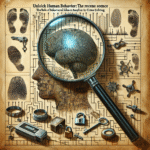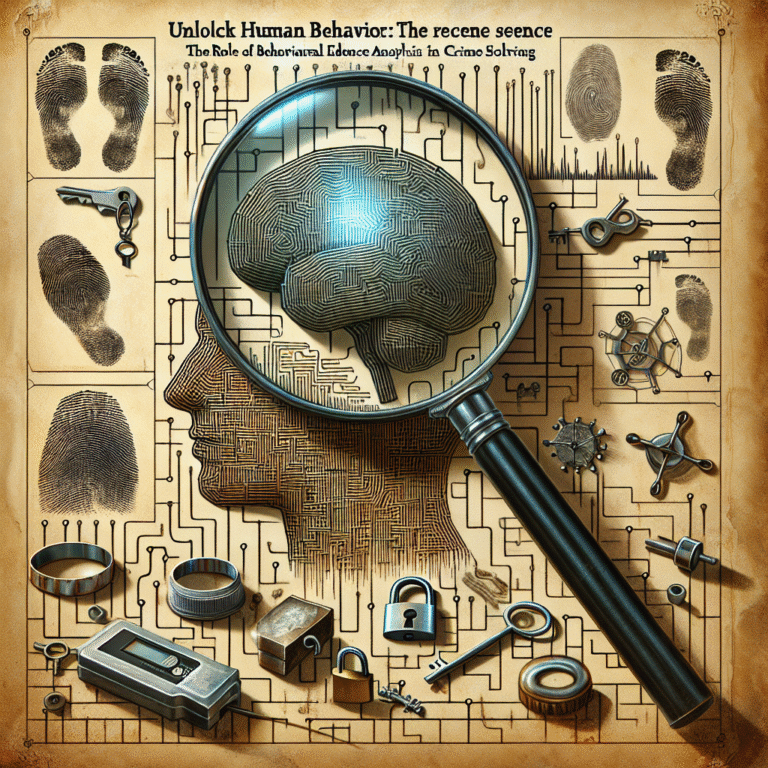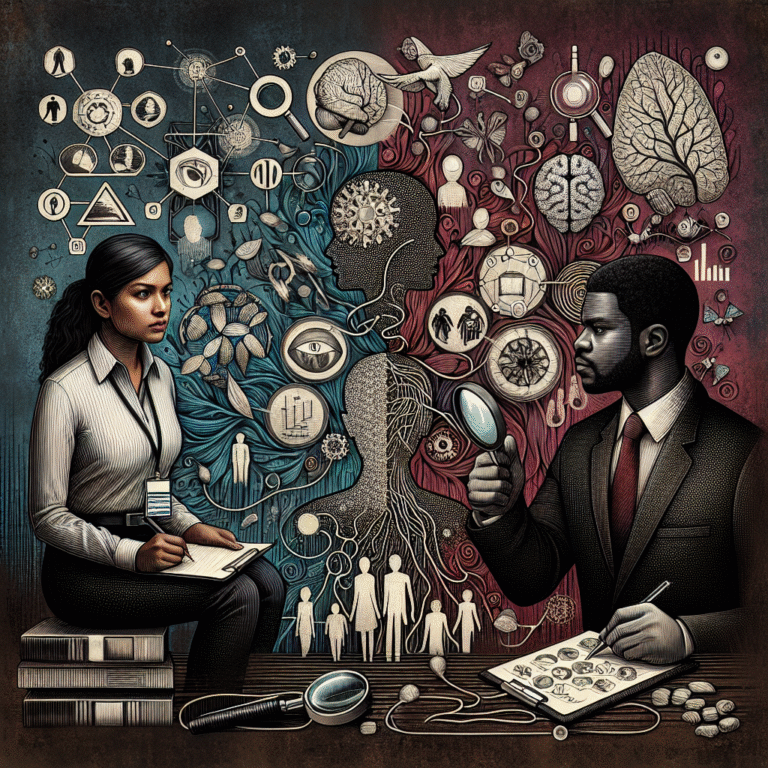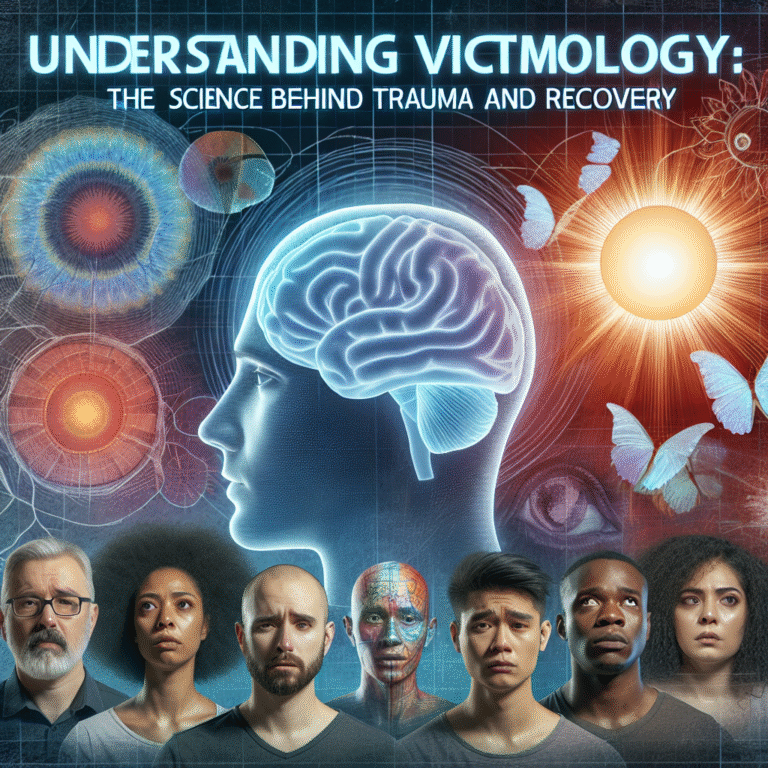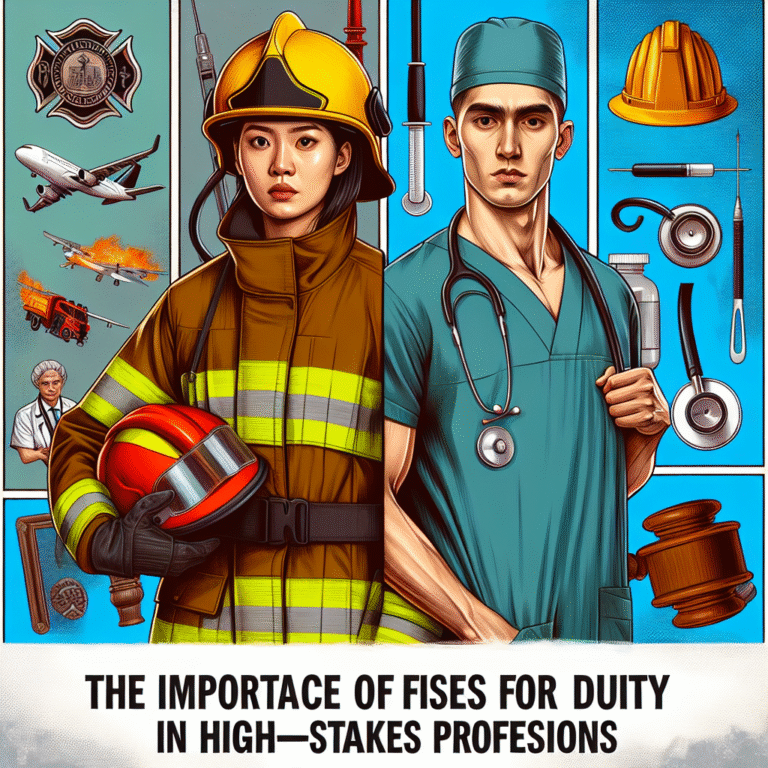
Introduction
Imagine stepping into a courtroom during a major trial, filled with hushed whispers and palpable tension. The fate of an individual hangs in the balance, yet an unseen force drives the proceedings—the insights gleaned from criminal profiling. Behind Bars: The Impact of Criminal Profiling on the Justice System is a topic that transcends the realms of mere theories; it is a vital part of modern forensics that significantly shapes legal outcomes and influences public safety.
In this in-depth exploration, we will peel back the layers of criminal profiling, examining its historical roots, its practical applications, and its controversial facets. From high-profile cases to the everyday workings of law enforcement, criminal profiling plays a transformational role in how justice is served. Let’s embark on this enlightening journey and uncover the pivotal role of criminal profiling in today’s justice system.
What Is Criminal Profiling?
Definition and Purpose
Criminal profiling, often termed as criminal investigative analysis, is the practice of identifying the characteristics of an individual likely to have committed a crime based on behavioral patterns, psychological traits, and demographic information. Essentially, it’s about understanding the “who” behind the crime from the “what” of the crime itself.
The Evolution of Criminal Profiling
The roots of criminal profiling can be traced back to the early 19th century. However, it wasn’t until the 1970s that it gained momentum within law enforcement circles. Influential figures, like FBI agent John Douglas, pioneered methods to analyze the minds of serial killers and other violent criminals. This development marked a significant shift—law enforcement could now use behavioral science to inform investigative practices.
Types of Criminal Profiles
There are primarily two types of profiles:
- Offender Profiling: Focused on predicting characteristics of the perpetrator based on the behavior exhibited during the crime.
- Criminal Event Profiling: Involves analyzing the crime scene and the nature of the crime to provide context.
Understanding these distinctions is crucial as we delve into specific case studies later on.
How Criminal Profiling Affects the Justice System
The Role in Investigations
Criminal profiling serves as a strategic tool for law enforcement. By narrowing down suspect lists, it aids investigators in focusing their efforts effectively. Here’s a breakdown of its impact:
| Aspect | Impact on Justice System |
|---|---|
| Increased Efficiency | Saves time and resources by narrowing suspects |
| Enhanced Collaborations | Promotes interdisciplinary teamwork among detectives, psychologists, and forensic experts |
| Public Safety | Aids in apprehending serial offenders before they can strike again |
Case Study: The Unabomber
Ted Kaczynski, infamously known as the Unabomber, was eluding law enforcement for years. Profilers analyzed his writings and historical context, leading investigators to conclude that he was an intellectual, a former university professor with deep anti-technological beliefs. This profiling led to his eventual identification and arrest in 1996. The case exemplifies how understanding the psyche of a criminal can lead to timely justice.
Limitations and Ethical Concerns
While profiling offers tremendous benefits, it isn’t without flaws. One of the main criticisms is the potential for racial profiling and the consequences of misleading stereotypes, which can lead to wrongful accusations and lasting consequences for innocent individuals. The case of wrongfully convicted individuals highlights the pressing need for balanced and fair profiling methods, ensuring justice for all.
The Dynamics of Criminal Profiling in the Courtroom
Expert Testimonies
A criminal profiler may testify in court, providing insights into the motivations of the accused. Their expert opinions can sway juries. The comprehensibility and credibility of profiling in court can often be the difference between acquittal and conviction.
| Factor | Influence on Juror Perception |
|---|---|
| Clarity of Profiling | A clear, well-explained profile enhances understanding |
| Relevance to Case | Profiles closely related to the crime enhance acceptance |
Case Study: The Green River Killer
Gary Ridgway, known as the Green River Killer, was captured partially due to profiling efforts. His modus operandi revealed patterns that pointed to a specific type of victim and location. While in court, the profiling helped establish Ridgway’s psychological state and motivations, solidifying the prosecution’s case.
The Future of Criminal Profiling
Innovations in Technology
With the rise of technology, the landscape of criminal profiling is changing. Big data and advanced analytics are increasingly aiding profilers in identifying patterns that were once invisible. Machine learning models are becoming vital in processing vast amounts of data, leading to more accurate profiles.
The Role of Behavioral Analysis Units
Behavioral analysis units (BAUs) are specialized teams within law enforcement agencies focusing on understanding criminal behavior. Their collaborative efforts with psychologists and data scientists will continue to expand the effectiveness of criminal profiling.
Conclusion
Behind Bars: The Impact of Criminal Profiling on the Justice System is both profound and multifactorial. Criminal profiling not only aids in effective investigations but also has real ramifications in the courtroom and public safety. While there are undeniable challenges, the continuous evolution of profiling methods—with ethical considerations at the forefront—holds promise for a more just system.
As we navigate our lives, understanding how the justice system operates can empower us. The insights gleaned from criminal profiling serve as a tool—not just for law enforcement, but for society as a whole, as we collectively strive to ensure safety and equality.
FAQs
1. What is the primary purpose of criminal profiling?
Criminal profiling’s primary purpose is to assist law enforcement in identifying and capturing suspects by analyzing behavioral patterns, personality traits, and demographic characteristics connected to specific crimes.
2. Are there ethical concerns surrounding criminal profiling?
Yes, ethical concerns primarily involve the risk of racial profiling and the potential for unfair bias against certain demographic groups. Ensuring objectivity and fairness in profiling practices is crucial.
3. How effective is criminal profiling in solving cases?
While criminal profiling can significantly enhance investigative efficiency and lead to breakthroughs in cases, it is not foolproof. Its effectiveness often hinges on the expertise of the profiler and the quality of data available.
4. Can profiling be used in civil cases?
While primarily associated with criminal cases, aspects of profiling can also be applicable in civil cases, particularly in understanding the behavior of individuals in disputes or fraud cases.
5. What advancements are being made in criminal profiling?
Technological advancements, like big data analytics and machine learning, are transforming criminal profiling by enabling more detailed analyses of patterns and behaviors across vast datasets.
In summary, Behind Bars: The Impact of Criminal Profiling on the Justice System is significant, shaping not only the efficiency of law enforcement but also the ethical landscape of modern justice. With ongoing dialogues and advancements, the future of criminal profiling holds immense potential to enhance our understanding of crime and justice.


